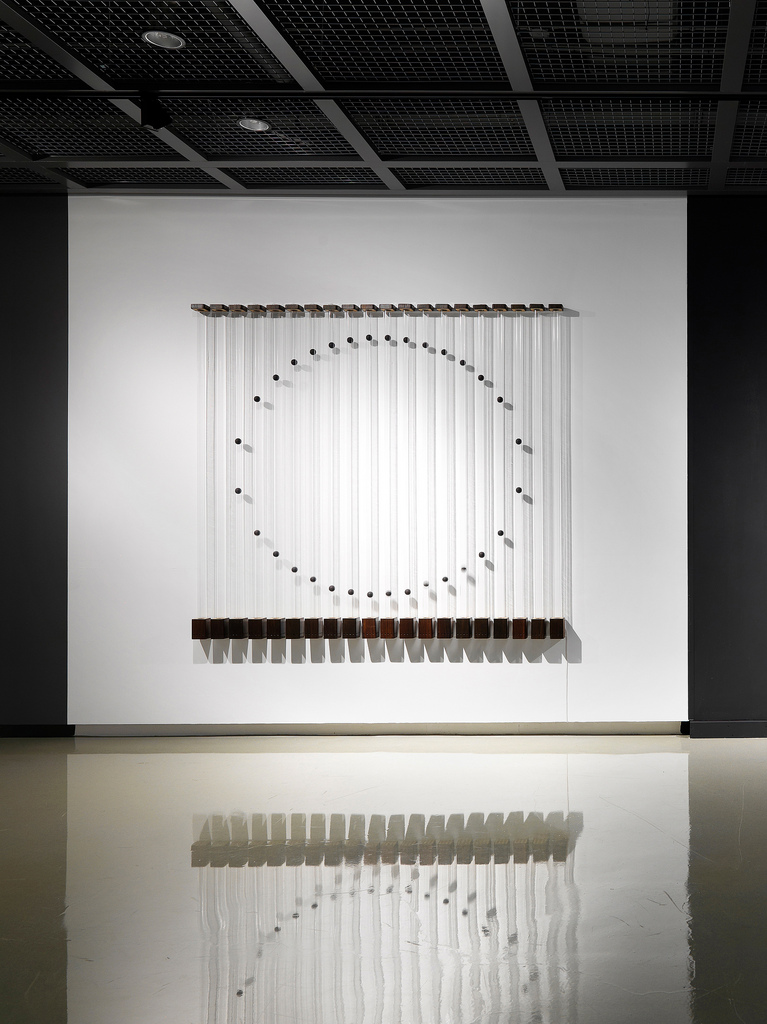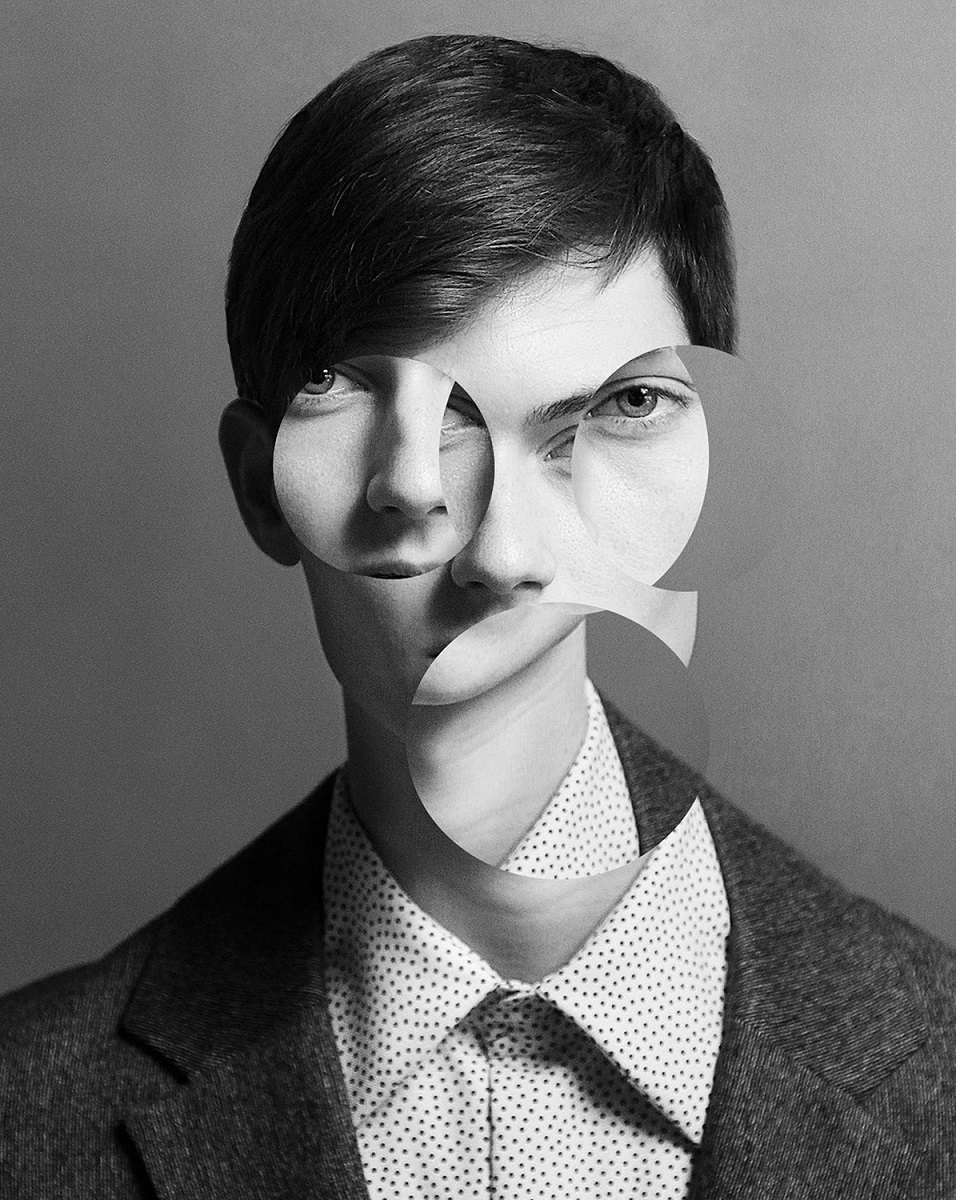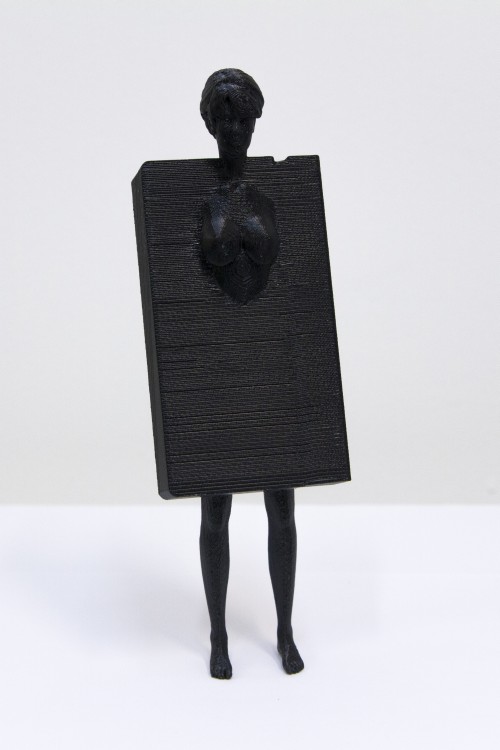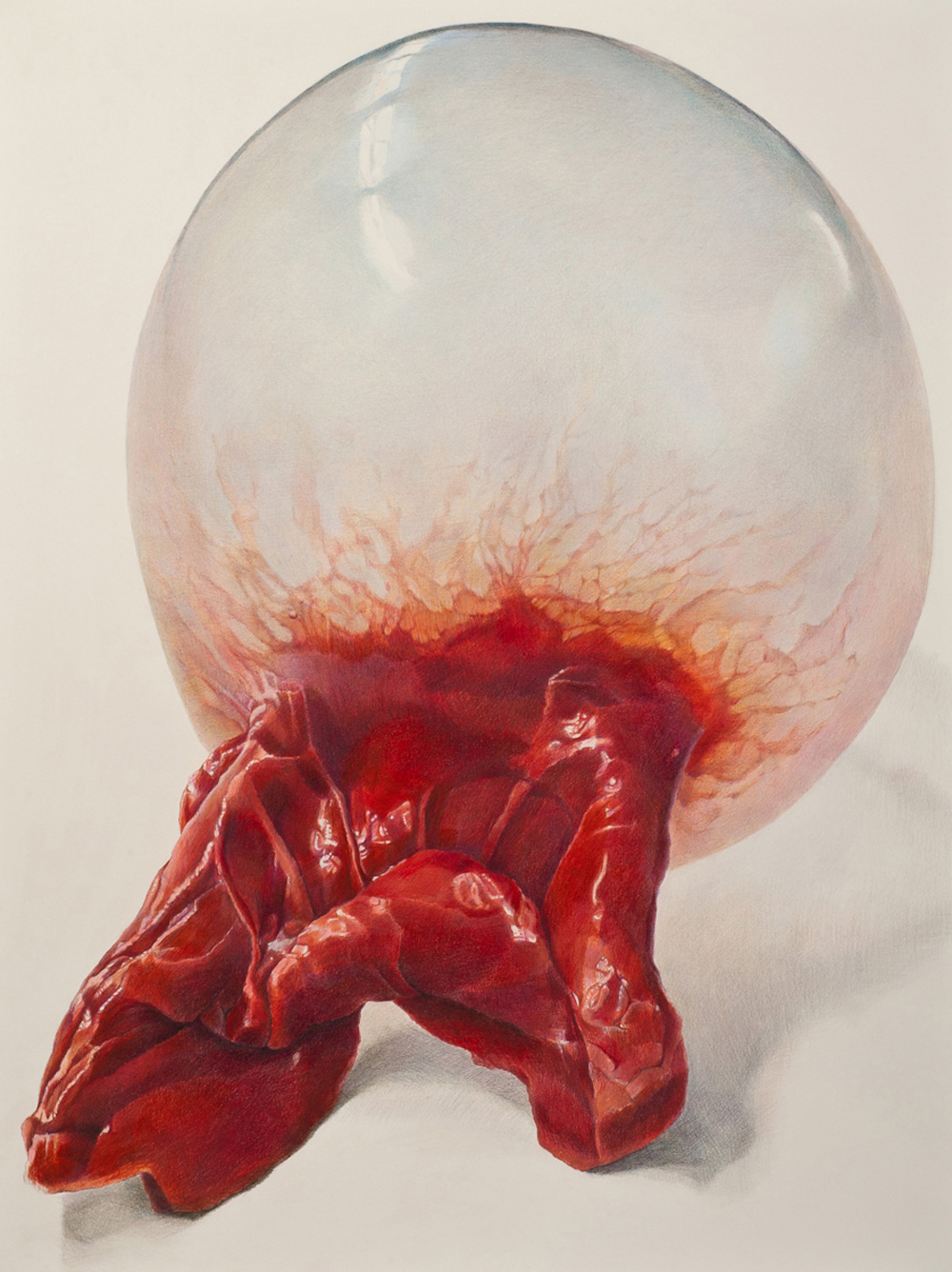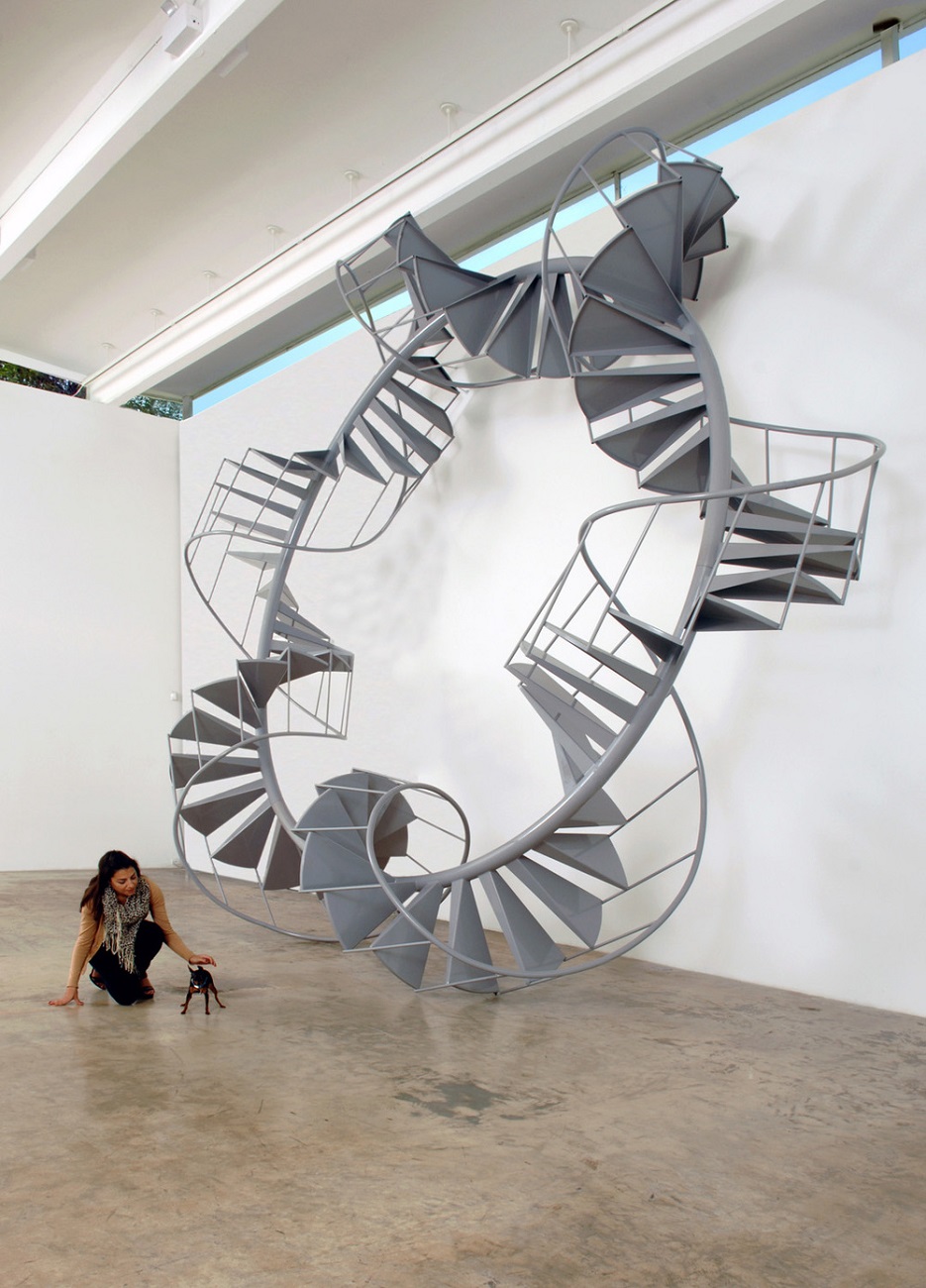
Masaki Fujihata
Orchisoid
“Mobility, technological invention, and artistic invention “It’s not just about putting new media into art, or even making new media art. It is about making new media as an artist, about being an artist in new media. Therefore, if it is not only a question of renewing art by injecting it with new means, new tools, new subjects, it may be a matter of shifting its borders to the point of considering experiments, technological inventions, such as art-related events, as part of the artistic project ”. In my opinion, here is how to re-found art and breathe new life into it for years to come! Fujihata’s work leads us to think of Art as “technical conduct”. In this conduct, technique is not instrumentalised, it is therefore freed from having to serve FOR something, it does not have to be effaced in front of what it serves. But this notion is very “fragile” as Pierre-Damien Huyghe points out to us. Indeed, if the technique “is no longer used for” it is no longer “necessary”. We must therefore consider that what is not necessary is precisely what is useful. Highlighting the usefulness in a technique without going through a notion of service is precisely what is at stake in Masaki Fujiata’s artistic position. In his work, it is about exploring the possibilities of a group of techniques so that they do not end up in the use where they are usually agreed. At the heart of Fujihata’s work we are dealing with techniques rich in possibilities. The artist has an artistic conduct which does not seek the means to do something with these techniques but which seeks to discover them. The artist positions himself as a discoverer making both learned and humorous attempts … “Jorane Rest



